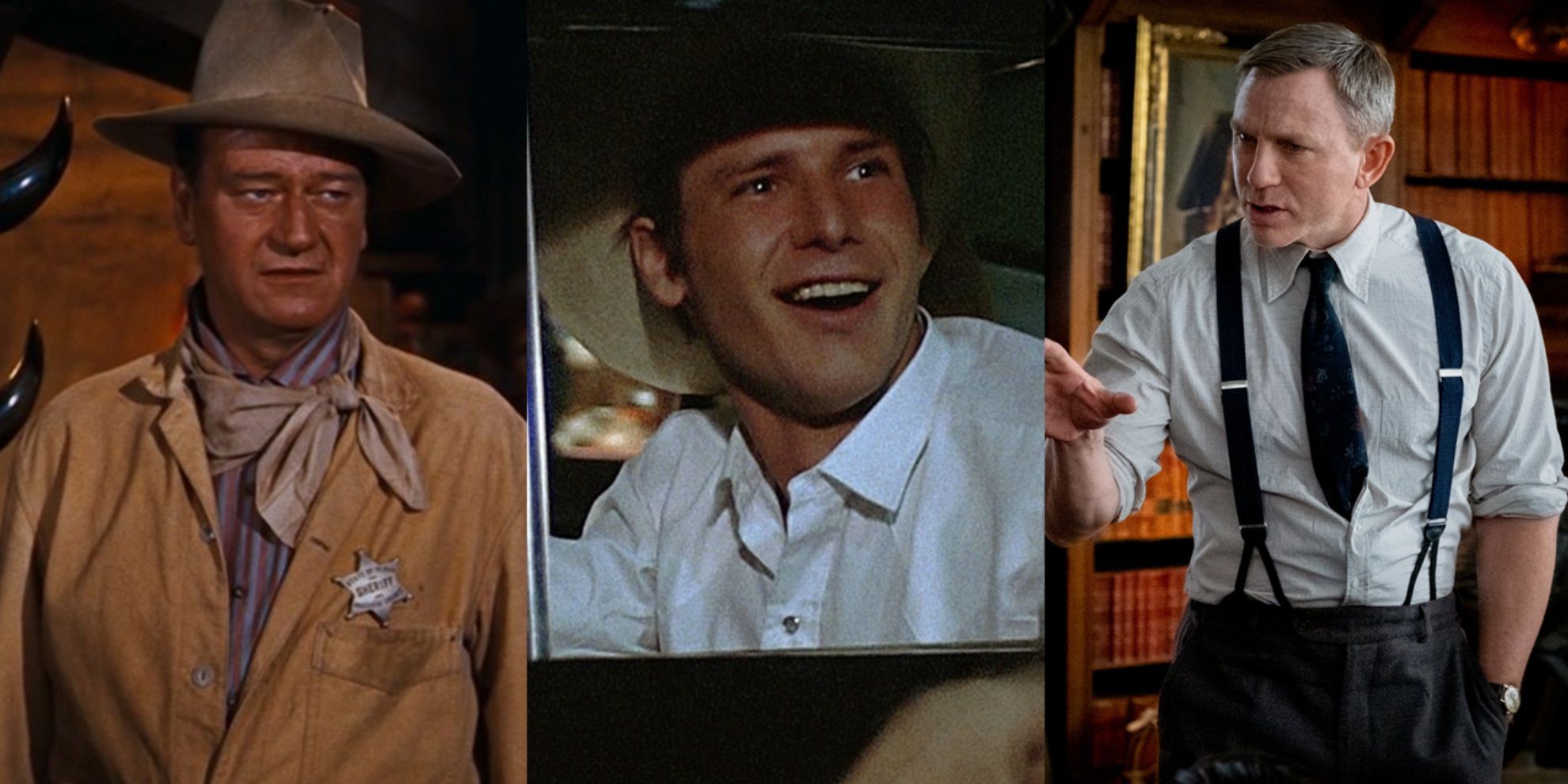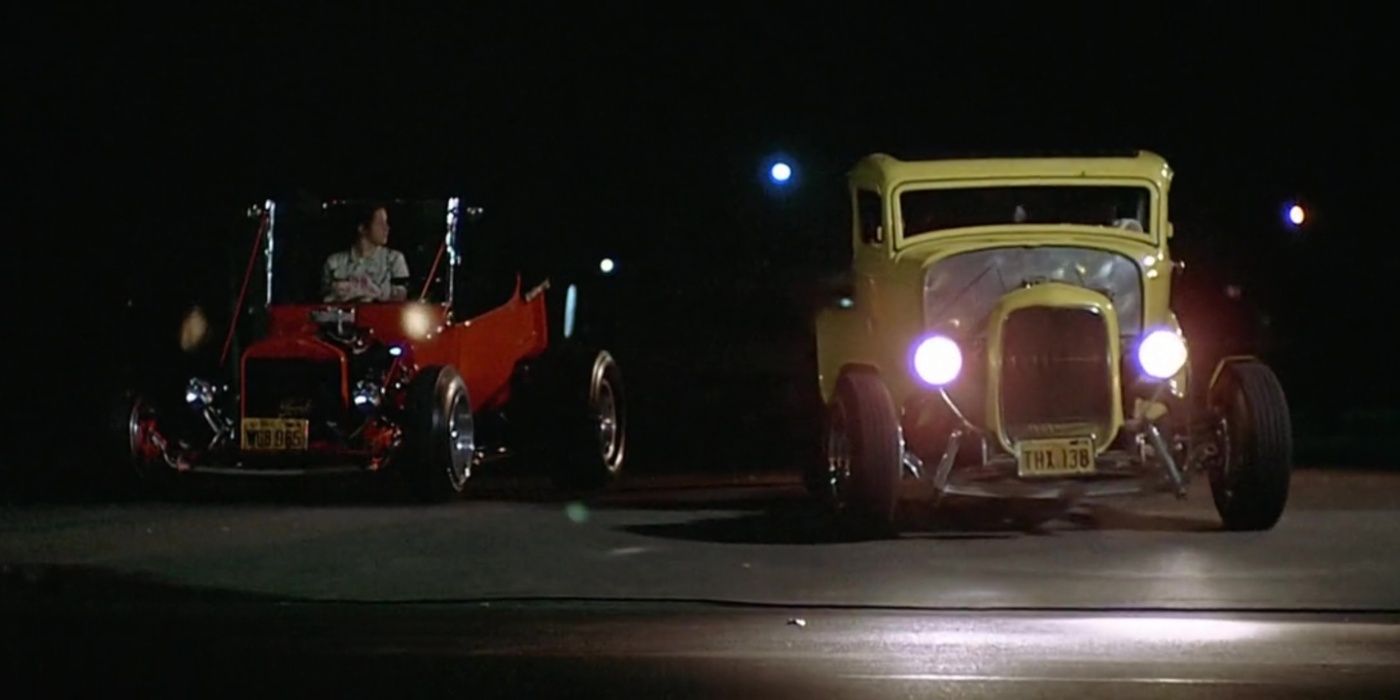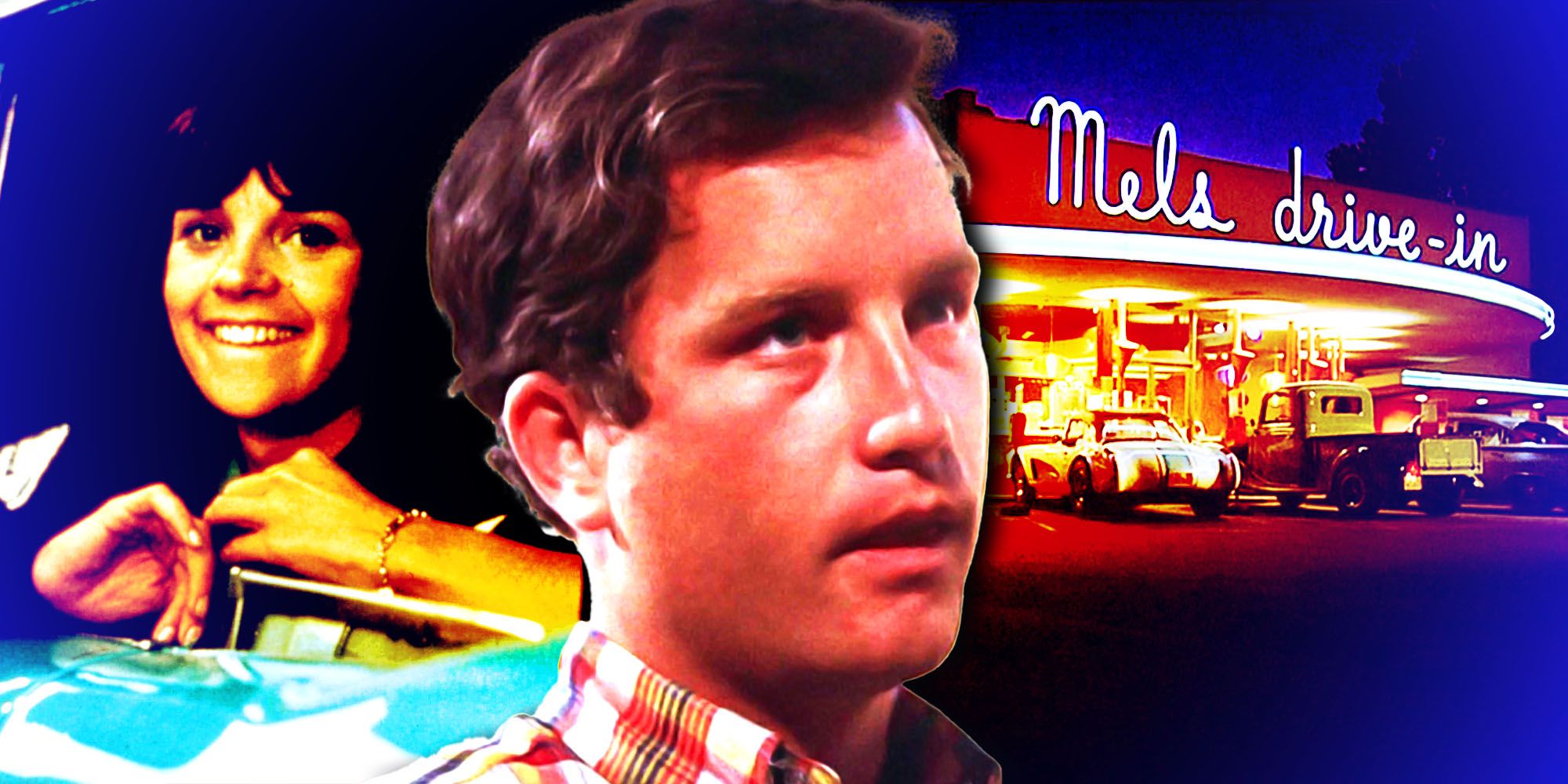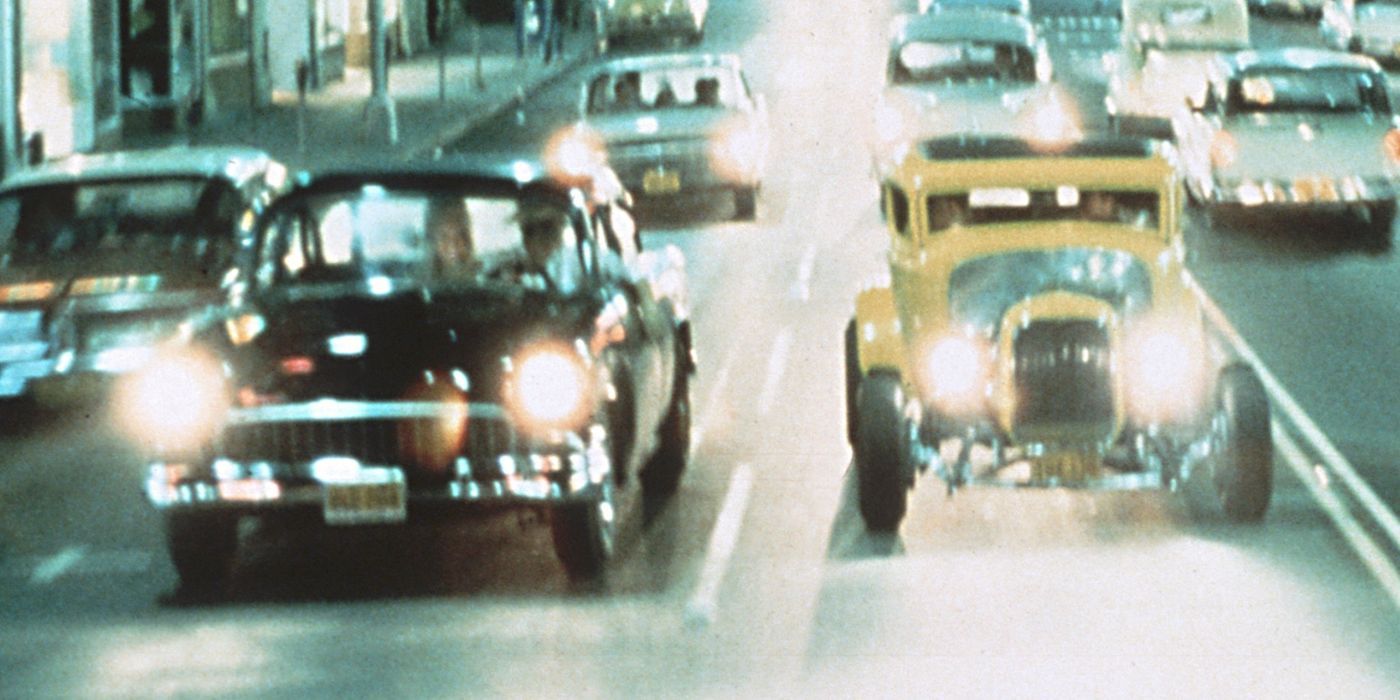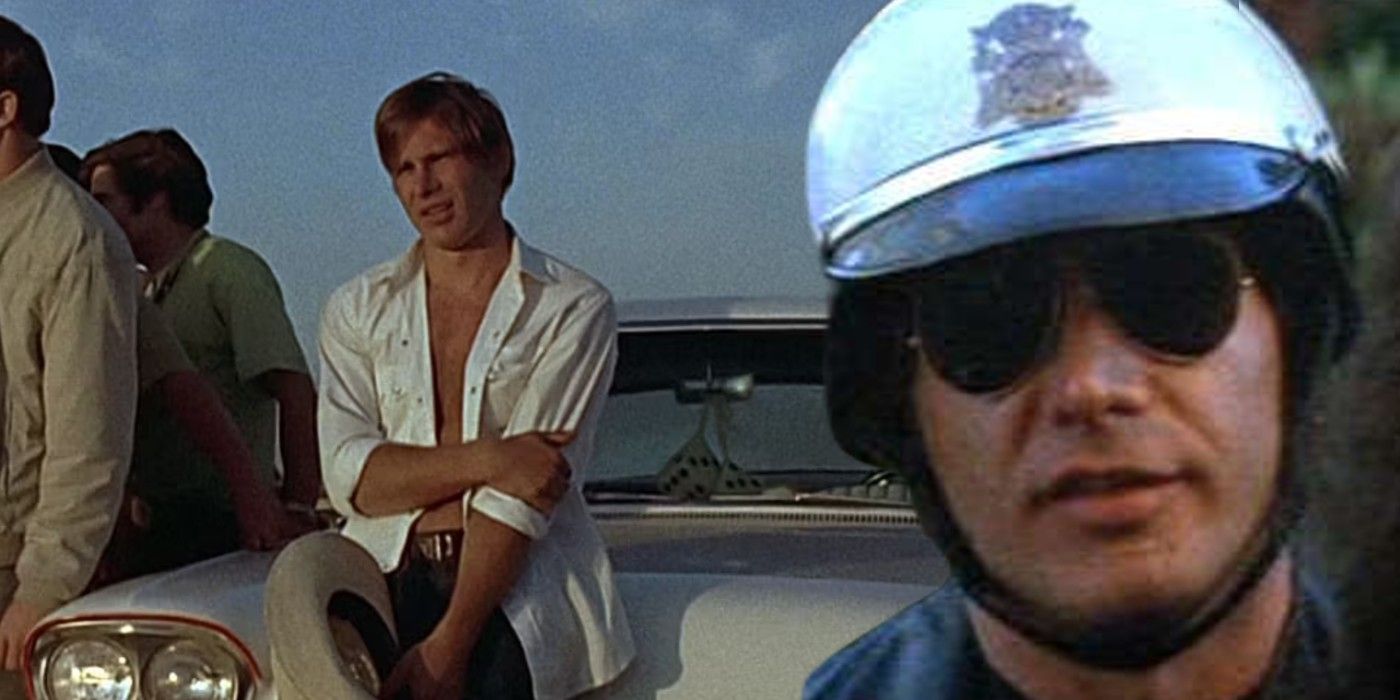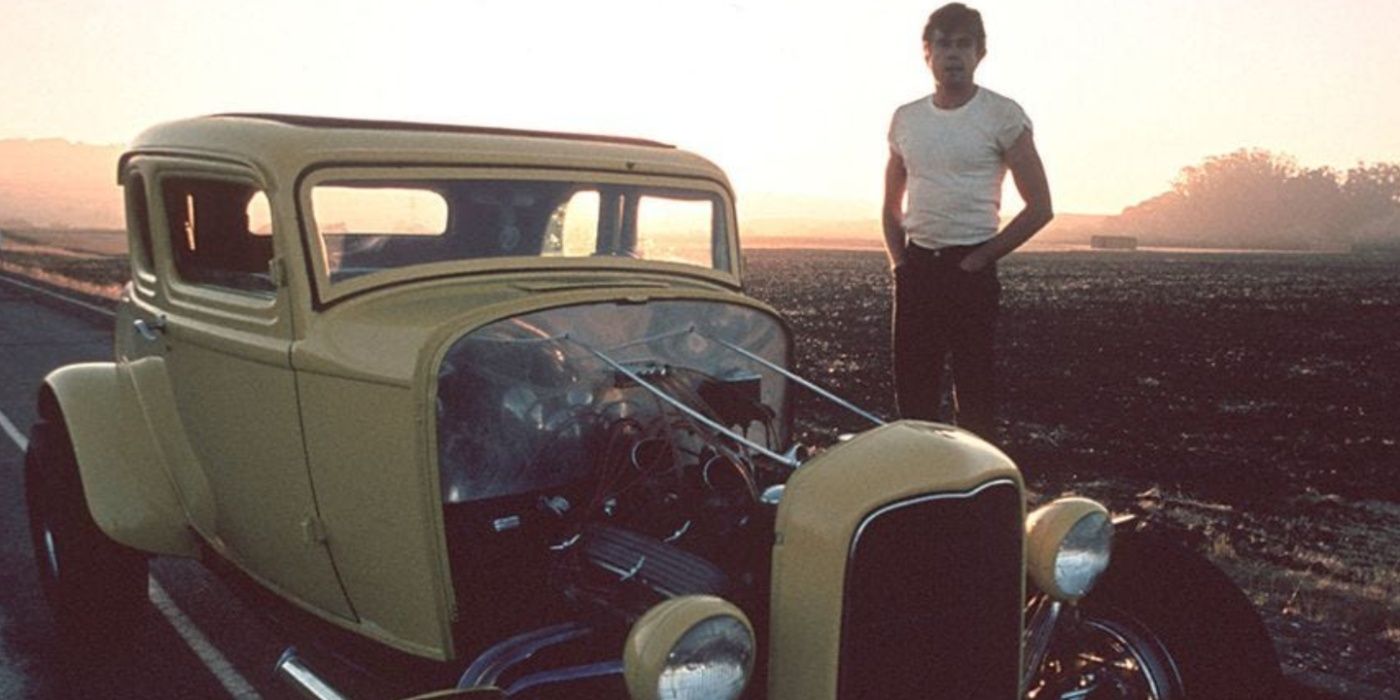American Graffiti
Summary
John Milner’sAmerican Graffitideath is so subtle that devotee might not even have acknowledge . 1973’sAmerican Graffitiis a germinal film that capture the essence of American teenage life on the cusp of the 1960s cultural revolution . Directed by George Lucas , the movie is rig over the course of a single night in 1962 , chronicling the risky venture of a group of eminent school graduates in Modesto , California . The movie ’s enduring appeal lies in its nostalgic reflection on youth , freedom , and the general journeying towards maturity , capsulise within the vibrant backdrop of the ' LX car polish .
TheAmerican Graffitifinal scene ruin the climate , as a sensory faculty of uncertainty about the future pervades , leaving the fate of its role open - ended , yet a serial of title of respect cards provides a touching epilogue . These still image discover the future paths of the main character , lend a semisweet tone to the tale by contrasting the innocence and enthusiasm of the pic ’s events with the often harsh realness of grownup sprightliness . Among these , the revelation of John Milner’sAmerican Graffitideath in 1964 stands out as particularly impactful , marking a definitive end to the era the motion picture so lovingly recreates .
devotee of American Graffiti should check out these similar amount - of - age drollery movies for more of the same Energy Department .

What John Milner Represents In American Graffiti
Milner Embodies A Youth Culture On The Brink Of Disappearing
Street racer John Milner , portrayed with effortless charisma by Paul Le Mat , is more than just a character inAmerican Graffiti ; he is a symbolic representation of an era . As the unquestioned king of the strip and a worship hot - rodder , Milner embodies the malcontent spirit and laissez faire of the fifties , a crude contrast to the societal shift that the 1960s would bestow . His deep attachment to his bright yellow deuce coupe and his condescension for the encroaching modernity represents a impedance to modify and a longing for a simpler , more straightforward clip .
Milner is the live representation of a youthfulness cultivation that is on the brink of disappearing , take a shit him all important to the plastic film ’s nostalgic allurement . His interaction throughout the nighttime , peculiarly his mentorship of the young Carol and his meeting with various townspeople , highlight his part as a protective figure and a reluctant hero . Despite his sturdy exterior , heexhibits a sensory faculty of dedication and care that adds astuteness to his eccentric , break the complexities beneath the stereotypical rebel facade . He represents a fading Americana , a admonisher of the innocence and freedom that characterized the geological era before the world changed forever .
Star Wars screenwriters have penned such outstanding scripts as George Lucas ' American Graffiti , Jon Favreau ’s Swingers , and Rian Johnson ’s Knives Out .
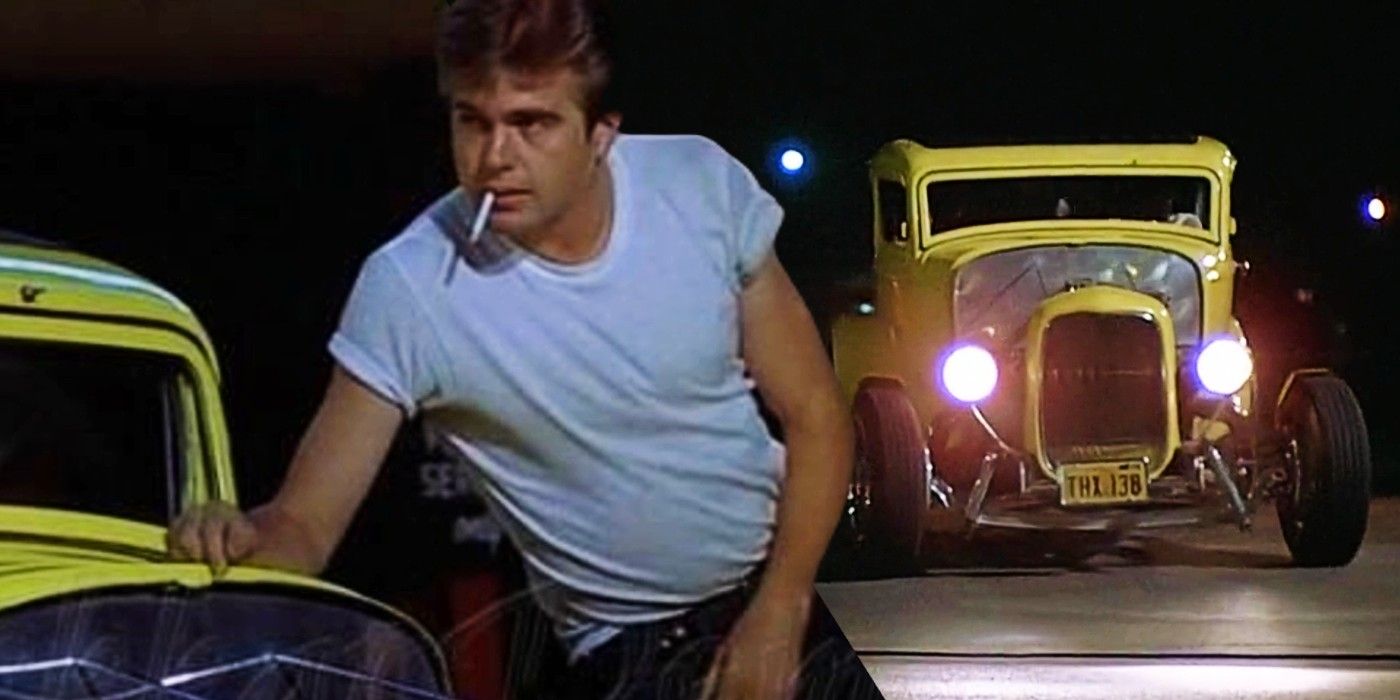
Custom Image by Stephen Barker
John Milner Was Killed By A Drunk Driver In 1964 – What His Death Symbolizes
The Reveal Was Subtly Mentioned In A Still Image Before The End Credits
The motion-picture show ’s epilogue reveals what happened to John Milner through a simple still range and one time . Milner was killed by a drunk driver in December 1964 , a fact that lands with shocking abruptness after the resonance and vim of the story . This revelation serves not just as a tale machine but as a affecting reminder of the fragility of animation . It emphasize the harsh realism that the vernal exuberance and seeming invincibility of the character are but impermanent , subject to the unpredictable forces of fate .
John Milner’sAmerican Graffitideath present the inevitable end of early days and the expiration of innocence . His wrong demise reflects the social transition of the earned run average , marking the definitive close of the 1950s ' cultural idyll and the onrush of a more complex , disruptive period . Milner , who throughout the film struggle against the tide of change , ultimately becomes a sufferer to them , incarnate the natural cycle of growth and decay . It changes the tone ofAmerican Graffitiretrospectively , casting a shadow over the film ’s upshot and reminding audience that the harum-scarum day of juvenility are fugitive , and the hereafter is changeable .
What Happened To The Other Characters In The American Graffiti Ending
Their Morbid Futures Reflect The Societal Shifts Awaiting The American Youth At The Time
The epilog ofAmerican Graffitiprovides a brief glimpse into the future life of other main characters , tender a stark juxtaposition to the innocence and harum-scarum spirit of their last night together . Curt Henderson becomes a writer last in Canada , suggesting a itinerary of introspection and possibly , break away from the conventional prospect of American social club . Steve Bolander remain in Modesto and goes into insurance . His choice to take up this career embodies the surrender to the very social norms and expectations the film ’s characters seem to drop one glorious night outrunning .
Steve ’s route reflects a capitulation to the demands of adulthood and obligation , a far cry from the carefree geographic expedition of young and the overt road . Terry " The Toad " Fields is reported missing in action in Vietnam , a portion that underline the annihilating impact of the war on the American psyche and the lost genesis it make . These issue , revealed in the film ’s end moments , cast a retrospective winding-sheet over the event of the nighttime , transforming the characters ' vernal risky venture into momentary moments of a lost earned run average .
The morbid tinge to the vernal human ’s future tense , when juxtapose with the vibrancy and optimism of the other sixties depicted in the film , reflectsthe broader cultural and societal shifts awaiting the American young person of the meter . The ending ofAmerican Graffitithus serves as a touching bridgework between the sinlessness of the past and the unsettling realities of the future , encapsulating the end of an earned run average not only for the part but also for the country .
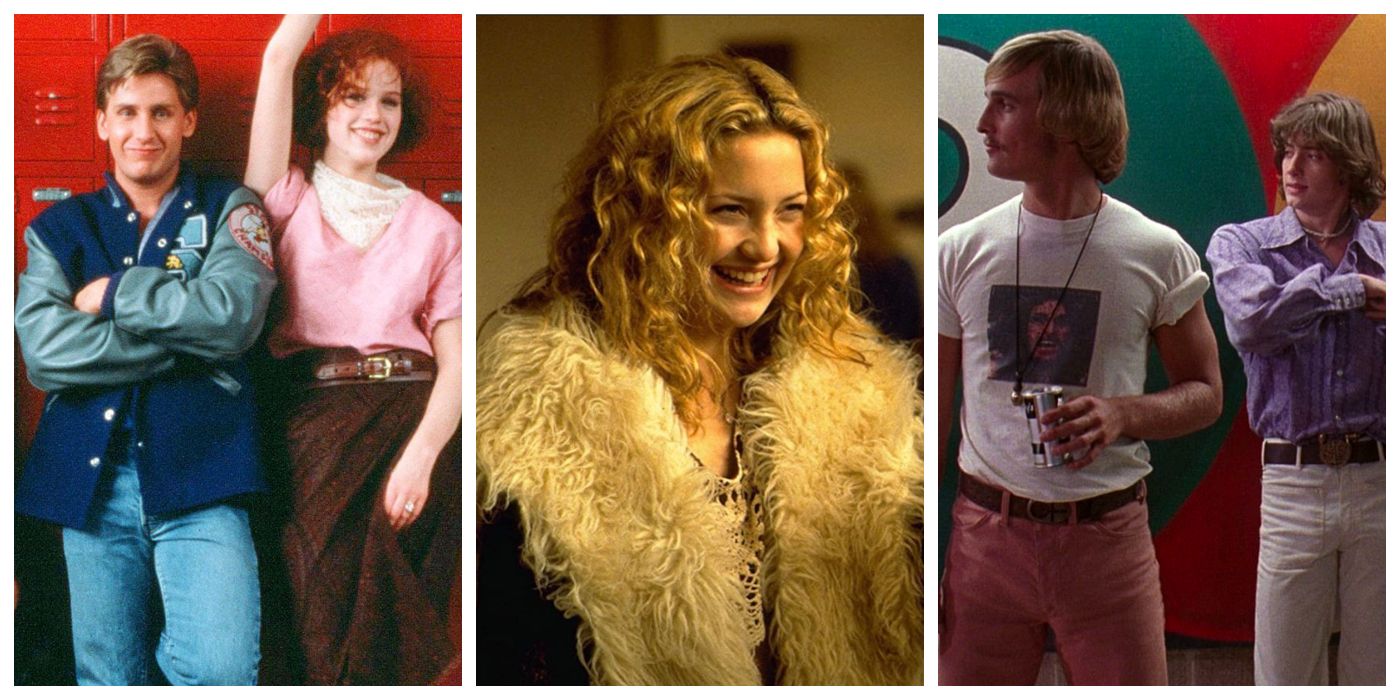
Although not his most popular plastic film , George Lucas ' American Graffiti remains an wear classic , partly because of its undeniable influence on celluloid .
John Milner Still Returns In More American Graffiti
The First Segment Is Set On The Night Of Milner’s Death
In the 1979 subsequence MoreAmerican Graffiti , most oftheAmerican Graffitiensemble castreturns , show how their life have evolved . Interestingly , John Milner is among those who reelect , despite the mention of his death in the first movie . The sequel pilot through dissimilar time periods for each character . Thefirst section of the movie focuses on Milner on the dark of his death : New Year ’s Eve 1964 . The continuation depicts the drunk driver heading toward Milner at the top of the pitcher’s mound before it spookily cuts to the bottom of the hill with neither car becoming seeable .
American Graffiti features Harrison Ford ’s street racing freedom fighter Bob Falfa , and the actor returned for the sequel in a unknown but cagy cameo .
The Real Meaning Of The American Graffiti Ending
The Movie Transcends The Seemingly Surface-Level 1960s Nostalgia
The ending ofAmerican Graffiti , with its sudden shift from the resonance of youth to the sobering reality of grownup life , tempt viewer to mull over on the subject of change , deprivation , and the transit of metre . The revelation of John Milner’sAmerican Graffitideath , in particular , serves asa powerful reminder of the breakability of life and the inevitableness of change . This closing , though bittersweet , underscores the photographic film ’s primal message : the grandness of cherishing the nowadays and embrace the journeying of life story , despite its uncertainties and inevitable ending .
American Graffitithus transcends its nostalgic surface to offer a profound comment on the human condition . It captures a consequence in time with such authenticity and emotional depth that it proceed to resonate with audience , remind us of the fleeting nature of youth and the universal experience of raise up . Through its persona and their diverging paths , the motion picture lionise the knockout of life ’s impermanence and the wear encroachment of our shared experiences .
